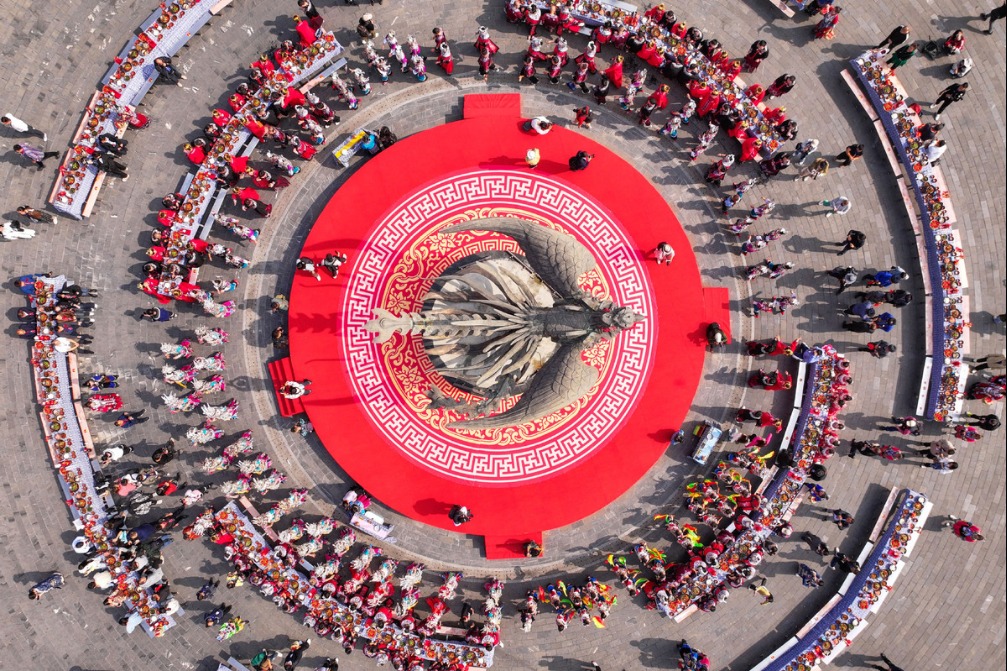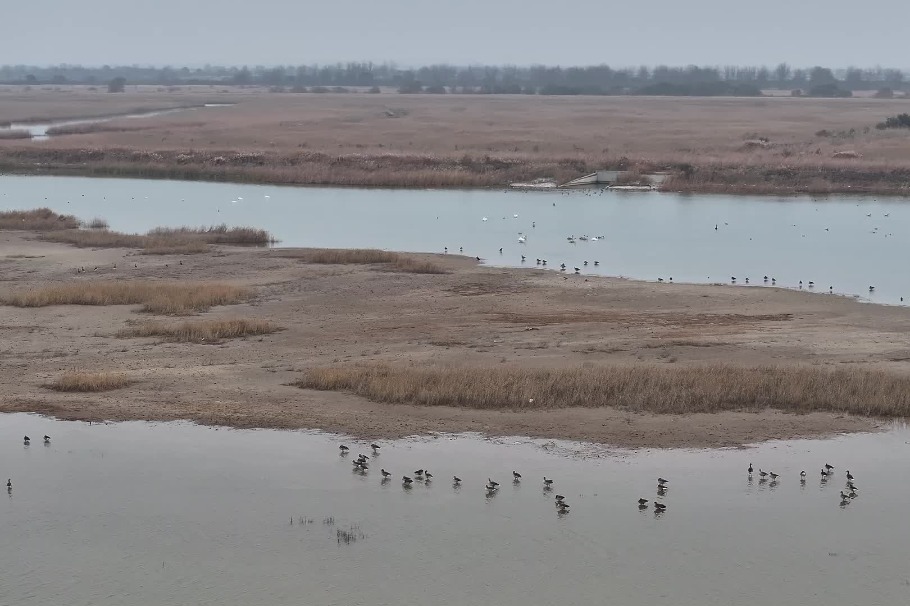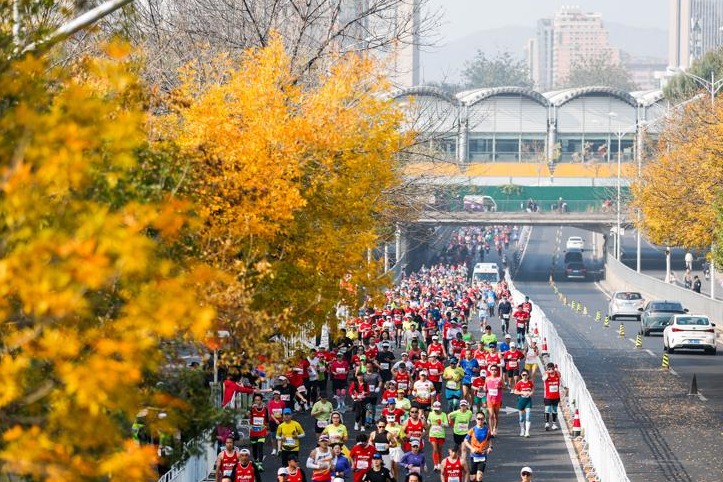Tibetan roads reach out to rural areas


Extended transport network benefiting the lives of people in the countryside
The Tibet autonomous region invested heavily in traffic and transportation projects last year, steering nearly 36.7 billion yuan ($5.36 billion) to such projects with more than 16 billion yuan used for fixed-asset investment, according to the region's traffic and transportation department.
Thanks to the heavy investment, Tibet's 662 townships and 4,382 villages have been linked by paved roads. Ninety-five percent of its townships and 78 percent of its villages are now connected by roads, the department said on Monday during the region's annual work conference on traffic and transportation.
The region saw an increase of 720 kilometers in its rural network, and its total road network ran to more than 121,000 km last year.
In 2022, 185 road construction projects were undertaken and 117 unsafe bridges were renovated in the region's rural areas. Passenger bus services in rural areas increased, with 612 townships and 3,705 villages linked with shuttle buses as of December. About 90 percent of its townships and 69 percent of its villages had access to shuttle bus services.
The region's traffic and transportation sectors last year moved 3.98 million passengers and a freight volume of around 39 million metric tons.
This year, the region will use 40 billion yuan for traffic and transportation projects. The total highway distance is expected to reach 124,000 km. At that point, more than 95.5 percent of the region's townships and 82 percent of its villages will be accessible by road.
The upgrade and improvement of traffic and transportation have greatly contributed to the region's overall social and economic development.
Residents of Tashi Choten village in Lhokha have been operating family inns to generate income in recent years. After the village became accessible by a paved road in 2019, a large number of tourists have flocked there for sightseeing and experiencing traditional Tibetan culture.
Li Yuwei, the leader of Tradruk township, said that more tourists have been coming to the village to observe its Tibetan opera culture and local customs.
"The road has led to the development of the opera, homestays and catering in the community," Li said.
"More than 70 households operate family inns, accounting for more than half of the total households in the village, and it's clear that rural roads are a driving force of rural vitalization," Li added.
Drolma Yangzom, a resident from Tsodo township of the region's Lhundrub county, said she had to travel around three hours from Lhasa to her home village years ago by car, but nowadays the same journey is less than two hours.
"Half of the journey from Lhasa to my home county has been upgraded into highways, and it is much safer and faster," said Drolma Yangzom.
- What a Joy! Everyone becomes an artist at Shanghai Citizen Night School
- The China-Europe freight train service has achieved 100,000 trains
- China, Peru to deepen comprehensive strategic partnership
- China completes manned deep-dive missions in 8 major hadal trenches
- Xi says China ready to build new land-sea corridor between China, Latin America
- Xi says Chancay Port to consolidate Peru's position as gateway that connects land and sea, Asia and Latin America




































